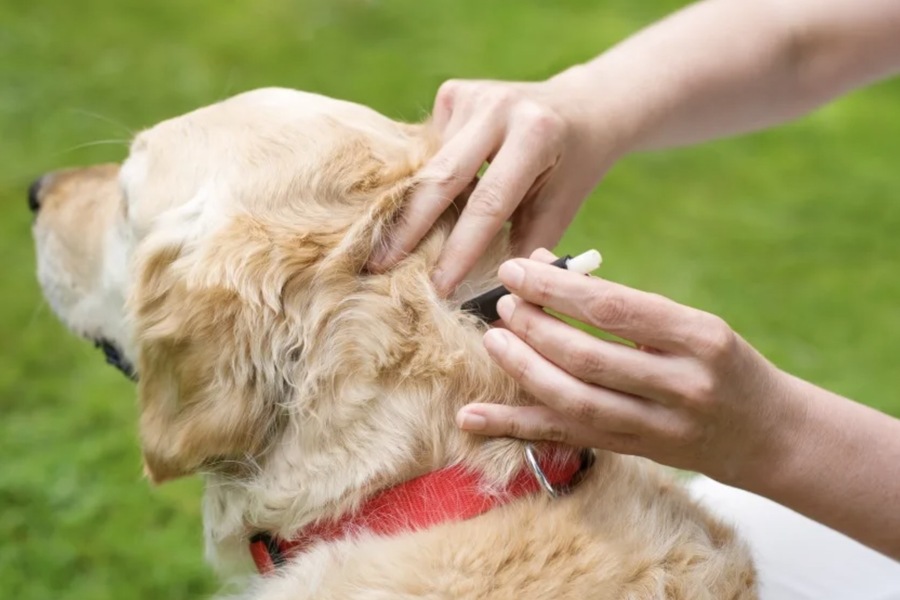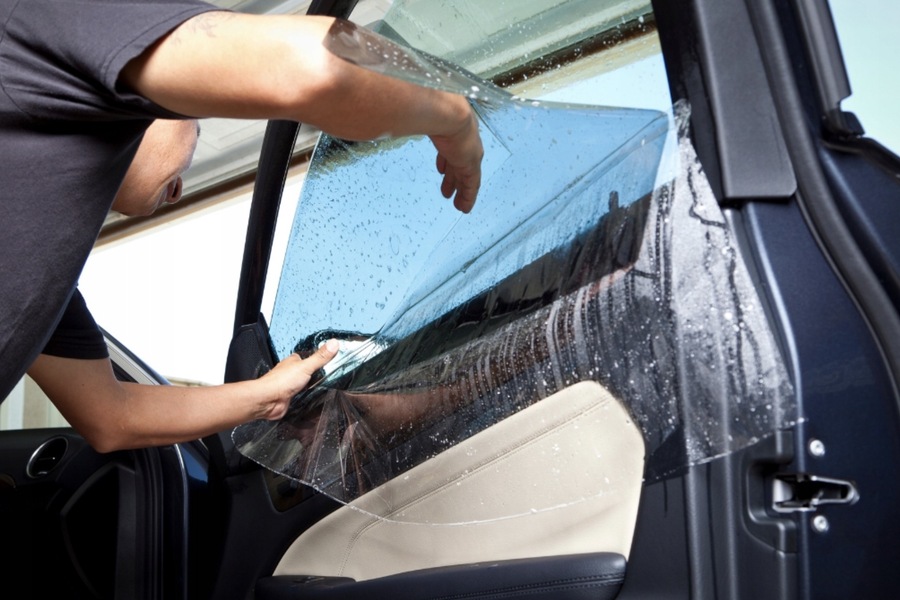For pet owners in hot and humid regions, fleas and ticks are more than just a seasonal nuisance—they’re a year-round menace. These parasites thrive in warm climates, creating a constant threat to pets’ health and comfort. Ticks and fleas are the source of many health issues that are typically disregarded until it is too late, ranging from fatal diseases to crippling skin ailments. The happiness and health of our pets can be guaranteed by minimizing these dangers through preventive measures, such as using the best flea and tick shampoo.
A Parasite Hotbed: Why Fleas and Ticks Love Heat
Hot weather is the perfect place for fleas and ticks to breed. Temperatures between 70F and 85F (21C and 29C) with moderate to high humidity are ideal for flea development in many tropical and subtropical regions. Similar to this, ticks thrive in warmer climates and can even survive indoors, particularly species like the brown dog tick (Rhipicephalus sanguineus).
There is no “off-season” for these pests in areas that are warm all year round. According to a study in Veterinary Parasitology (2021), warm conditions speed up the flea lifecycle, which includes eggs, larvae, pupae, and adults, enabling infestations to spread quickly. Because a single flea can lay up to 2,000 eggs in its lifetime, if an infestation is not controlled, it can soon grow into a serious issue.
The Unspoken Risks of Ticks and Fleas
Ticks and fleas are more than simply bothersome pests; they are carriers of serious illnesses that can harm a pet’s general health. The risks increase in hotter nations where infestations are more common.
Heat-Exacerbated Skin Conditions
Flea bites cause itching and discomfort, but in hot weather, the problem worsens as pets sweat (especially dogs through their paw pads). Flea Allergy Dermatitis (FAD) is a common consequence, leading to inflamed skin, sores, and hair loss.
Diseases Carried by Ticks
Diseases including ehrlichiosis, anaplasmosis, and babesiosis, which can cause symptoms ranging from fever and lethargy to severe anaemia and organ failure, are spread by ticks found in hot climes.
Diseases Spread by Fleas
Diseases like tapeworms and cat scratch fever, which can be spread to people, are spread by fleas. Internal parasite illnesses can result from a flea-infested pet ingesting fleas while being groomed.
Anaemia in Kittens and Puppies
Flea populations can increase rapidly in warmer climates, leading to serious infestations in young or small pets. Because fleas feed on blood, severe infestations can cause anaemia, especially in puppies and kittens, who may become frail or die if treatment is delayed.

Economic and Emotional Costs for Pet Owners
Treating diseases brought on by fleas and ticks can be very expensive. According to the Pet Care Cost Index (2023), flea and tick treatments and associated health problems cost pet owners in warmer climates between $400 and $1,200 a year on average. The emotional toll of witnessing a cherished pet suffer from avoidable illnesses is in addition to the financial burden.
Heat-Related Preventive Care
Prevention is crucial in nations with high temperatures and humidity. Regular grooming, environmental control, and the use of efficient treatments, such as the best flea and tick shampoo, are all part of a proactive strategy to manage flea and tick infestations. Pet owners can avoid the issue by doing the following:
Regular Baths with Flea and Tick Shampoo
Bathing pets frequently with an effective flea and tick shampoo is essential in hot climates. These shampoos not only kill existing parasites but also help soothe irritated skin. Look for shampoos with natural ingredients like aloe vera or chamomile to calm inflammation caused by bites.
Tick Checks After Outdoor Activities
In regions where ticks are prevalent, inspect your pet’s fur and skin after every walk or outdoor activity. Pay special attention to areas like the ears, underbelly, and between the toes.
Environmental Hygiene
Flea eggs and larvae often hide in carpets, bedding, and shaded outdoor areas. Regularly vacuuming your home and washing your pet’s bedding in hot water can help break the flea lifecycle. In hot climates, treating outdoor areas with pet-safe insecticides or diatomaceous earth can also reduce the parasite population.
Year-Round Preventive Medications
Unlike in temperate climates, pets in hot regions need year-round flea and tick preventives. Topical treatments, collars, or oral medications can provide continuous protection and should be used in conjunction with shampoos.

The Best Flea and Tick Shampoo: A Must-Have for Hot Regions
When choosing the best flea and tick shampoo, pet owners in hot climates should prioritize products that provide both immediate relief and long-term prevention. Use shampoos that contain active substances such as insect growth regulators (IGRs), which stop eggs from hatching, or pyrethrins, which kill fleas and ticks on contact. Pets’ skin is more likely to get dry and irritated in hot climates, therefore products with additional moisturisers are very helpful there.
In the Long Run: Safeguarding Families and Pets
Tick and flea infestations have consequences that extend beyond pets. Like Lyme disease and Rocky Mountain spotted fever, many tick-borne illnesses are zoonotic, which means they may infect people. Cross-infestation is more likely in hotter regions where people and pets spend more time outside. Keeping your pet clean and healthy is not only a loving gesture; it’s also a vital part of protecting the health of your family.
In Conclusion
In hot climates, fleas and ticks provide a constant threat to pet owners, thus constant observation is required. Prophylaxis is necessary rather than elective due to the risks these parasites pose to human health and the rapidity of their reproduction in warm conditions. The impact of these pests can be greatly decreased by regular grooming with the best flea and tick shampoo, as well as by using efficient medicinal and environmental treatments.
The need for preventative treatments will only increase as global temperatures rise and flea and tick populations spread. Pet owners may guarantee that their beloved friends live happy, healthy lives—even in the warmest climates—by adopting a comprehensive approach to flea and tick prevention.

Skydiver, ramen eater, DJ, vintage furniture lover and growthhacker. Producing at the intersection of modernism and elegance to answer design problems with honest solutions.


